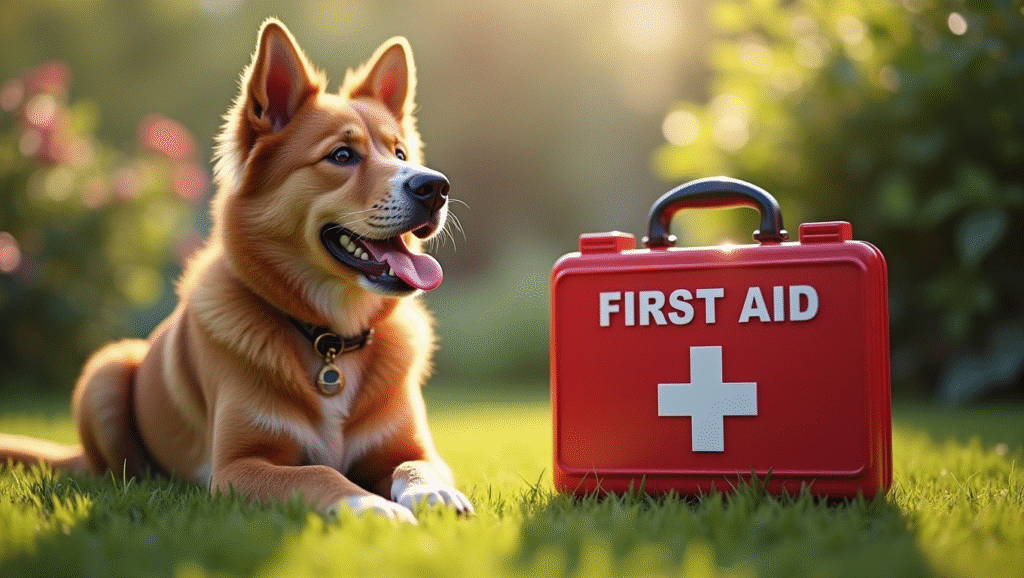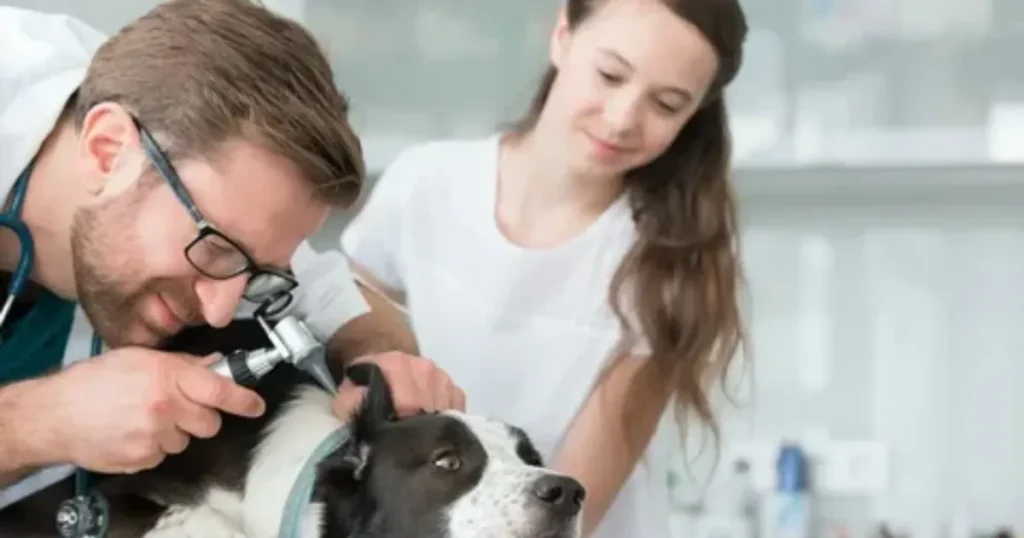Easy Ways to Learn Dog First Aid can make a huge difference in an emergency.
Every pet owner should know the basics! This article will guide you through the importance of dog first aid and teach you simple skills you can practice at home. You’ll discover how to prepare a first aid kit, recognize health emergencies, and learn life-saving techniques like CPR.
Let’s dive in and make sure you and your furry friend are ready for anything!
Important Points to Remember
- Know the basics of dog CPR.
- Keep a first aid kit handy for emergencies.
- Learn to spot signs of illness in your dog.
- Practice gently handling your dog in stressful situations.
- Stay calm to help your dog feel secure.
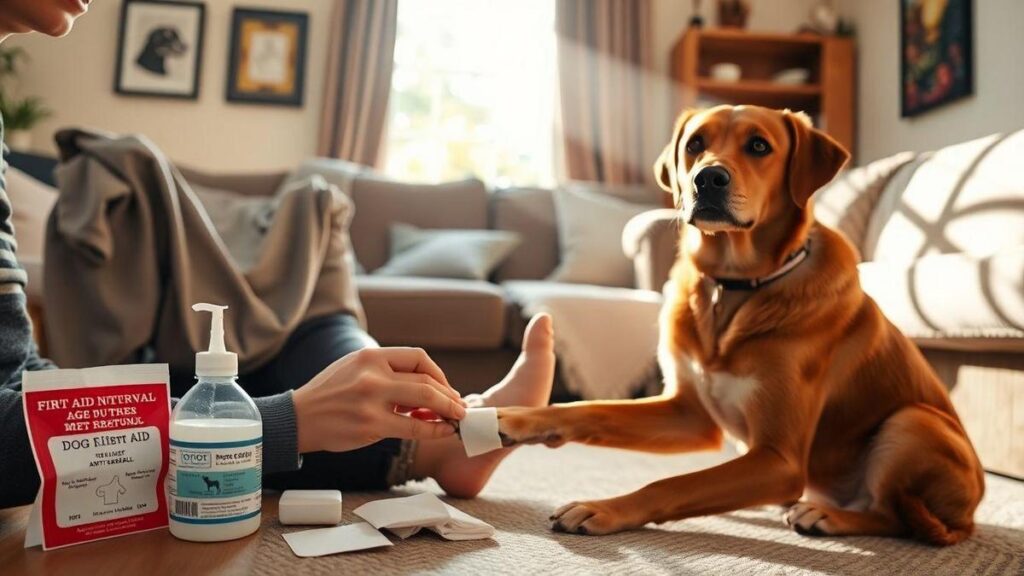
Summary
Why Learning Dog First Aid is Important
So, you’ve got a furry friend at home. They’re not just pets; they’re family. But what happens if they get hurt or sick? That’s where dog first aid comes into play. Knowing how to handle emergencies can literally save your dog’s life.
Imagine your pup accidentally swallowing something they shouldn’t have or getting into a scuffle with another dog. It’s scary, right? But being prepared means you can act quickly and confidently.
Learning dog first aid is crucial for several reasons. First, it helps you stay calm in stressful situations. When you know what to do, you’re less likely to panic, which can make all the difference.
Second, it equips you with the skills to manage minor injuries at home, potentially saving you a trip to the vet. And let’s be honest, vet visits can be time-consuming and costly. Lastly, it strengthens the bond between you and your dog. Knowing you can take care of them in emergencies builds trust and security.
For more insights, check out some essential tips every owner should know.
Easy Ways to Learn Dog First Aid at Home
You don’t need to be a vet to learn dog first aid. There are plenty of straightforward ways to get started right at home.
- Online Courses: Websites like the American Red Cross offer online courses specifically for pet first aid. They’re often affordable and can be done at your own pace.
- YouTube Tutorials: There are countless videos that demonstrate various first aid techniques. Just search for “dog first aid” and you’ll find a treasure trove of helpful content.
- Books and Guides: Consider picking up a book on pet first aid. They often include illustrations and step-by-step instructions. Plus, having a physical book means you can refer to it anytime.
- Practice with Your Dog: Once you learn some techniques, practice them with your dog. This helps you remember what to do in a real situation. Just make sure your dog is comfortable and relaxed.
- Join Online Forums: Platforms like Reddit or specialized pet forums can be great places to ask questions and share experiences. You might even find local meet-ups for hands-on practice.
Essential Dog First Aid Tips Every Pet Owner Should Know
Every pet owner should have a few essential first aid tips up their sleeve. Here are some must-knows:
- Stay Calm: Your dog can sense your anxiety. Take a deep breath and approach the situation calmly.
- Assess the Situation: Check your dog for visible injuries. Are they bleeding? Are they in pain? Understanding the severity will help you decide your next steps.
- Control Bleeding: If your dog is bleeding, apply pressure with a clean cloth. Elevating the injured area can also help.
- Don’t Put Yourself in Harm’s Way: If your dog is aggressive due to pain, it’s okay to keep your distance. You can still call for help or use a muzzle if necessary.
- Know Your Vet’s Number: Keep your vet’s number handy. In emergencies, you don’t want to waste time looking it up.
- Have a Plan: Know where the nearest emergency vet is located. Have a plan in place for how to get there quickly.
Basic Dog First Aid Skills You Can Master
Let’s dive into some basic skills that are super helpful for any dog owner. You don’t need to be a pro to master these!
- Restraint Techniques: Knowing how to safely restrain your dog can prevent injury to both you and your pet. Use a leash or muzzle if needed.
- Bandaging Wounds: Learning how to properly bandage a wound can help protect it from infection. Make sure to use sterile materials and wrap it snugly but not too tight.
- Checking Vital Signs: Knowing how to check your dog’s heart rate and breathing can give you insight into their health. A normal heart rate for dogs is between 60-140 beats per minute, depending on their size.
- Recognizing Shock: Dogs in shock may have a rapid heartbeat, shallow breathing, or pale gums. If you notice these signs, it’s crucial to get them to a vet immediately.
- Handling Choking: If your dog is choking, you can try the Heimlich maneuver. For small dogs, hold them upside down and give a few firm pats on the back. For larger dogs, you can perform abdominal thrusts by placing your fists just below their rib cage.
Canine First Aid Techniques for Common Emergencies
Emergencies can happen in the blink of an eye. Here are some techniques for handling common situations:
- Cuts and Scrapes: Clean the wound with mild soap and water. Apply an antiseptic and cover it with a bandage.
- Burns: Run cool (not cold) water over the burn for several minutes. Don’t apply ice directly, as it can cause further damage.
- Insect Bites and Stings: Remove the stinger if you see one. Apply a cold pack to reduce swelling and give your dog some Benadryl if they’re having an allergic reaction (but check with your vet first).
- Poisoning: If you suspect your dog has ingested something toxic, contact your vet immediately. They may instruct you to induce vomiting, but never do this without their guidance.
- Heatstroke: If it’s a hot day and your dog shows signs of heatstroke (panting, drooling, lethargy), move them to a cooler place and apply cool, wet cloths to their body. Offer them water, but don’t force them to drink.
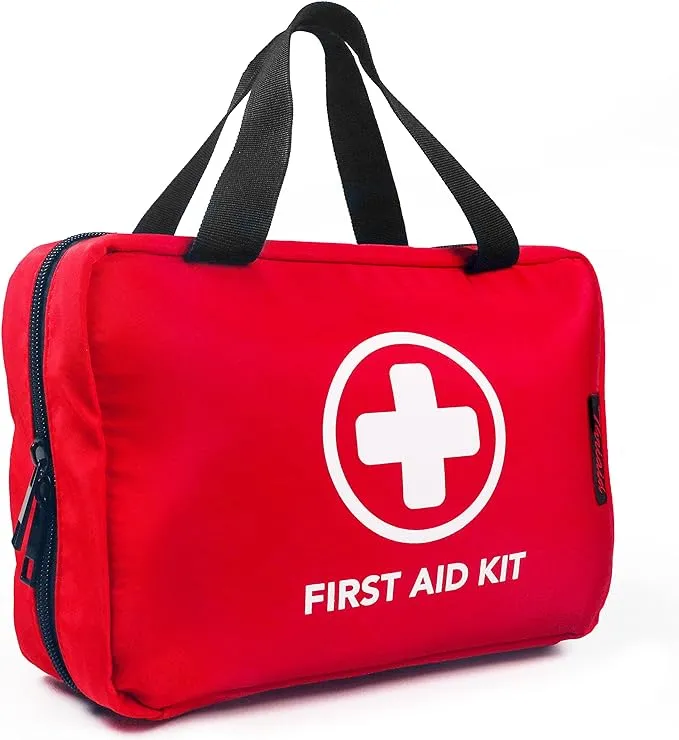
How to Prepare Your Dog First Aid Kit
Having a well-stocked dog first aid kit is essential. Here’s what you should include:
- Bandages: Various sizes of gauze and adhesive tape.
- Antiseptic Wipes: For cleaning wounds.
- Tweezers: For removing splinters or ticks.
- Scissors: To cut bandages or clothing if needed.
- Thermometer: A digital thermometer specifically for pets.
- Muzzle: In case your dog is in pain and might bite.
- Cotton Balls and Swabs: For cleaning and applying ointments.
- Emergency Contact List: Your vet’s number, the nearest emergency vet, and poison control.
Store your kit in a waterproof container and keep it in a place that’s easily accessible. Check it regularly to make sure everything is up to date and not expired. For a detailed list of essential items to include, visit this resource.
Dog CPR Instructions: A Step-by-Step Guide
Learning dog CPR can be a lifesaver. Here’s a simple step-by-step guide:
- Check for Responsiveness: Gently shake your dog and call their name. If they don’t respond, proceed to the next step.
- Check for Breathing: Look for chest movements or listen for breathing sounds. If they’re not breathing, you’ll need to start CPR.
- Position Your Dog: Lay them on their right side on a flat surface.
- Perform Chest Compressions: Place your hands in the center of their chest and push down firmly at a rate of 100-120 compressions per minute. Aim for about 30 compressions.
- Give Rescue Breaths: After 30 compressions, close their mouth and breathe into their nose until you see their chest rise. Do this twice.
- Repeat: Continue the cycle of 30 compressions and 2 breaths until help arrives or your dog starts breathing on their own.
Emergency Care for Dogs: What to Do When It Counts
When it comes to emergency care, timing is everything. Here’s a quick rundown of what to do in critical situations:
- Severe Bleeding: Apply direct pressure and elevate the area if possible. Keep your dog calm and transport them to the vet immediately.
- Seizures: Move any objects away from your dog to prevent injury. Don’t try to hold them down or put anything in their mouth.
- Difficulty Breathing: If your dog is struggling to breathe, try to keep them calm and transport them to the vet right away.
- Unconsciousness: Check for breathing and a pulse. If there’s no pulse, start CPR immediately.
- Fractures: If you suspect a fracture, keep your dog as still as possible and transport them to the vet without moving the injured limb.
Pet First Aid Training: Where to Find Classes
If you’re serious about learning pet first aid, consider taking a class. Here are a few places to look:
- Local Animal Shelters: Many shelters offer workshops on pet first aid and CPR.
- Veterinary Clinics: Some clinics host classes or can recommend local trainers.
- Community Centers: Check your local community center for upcoming classes.
- Online Platforms: Websites like PetTech or the Red Cross offer online courses that you can complete at your own pace.
Taking a class can give you hands-on experience, which is invaluable when it comes to emergencies. For more tips on how to act in dog emergencies, refer to this guide.
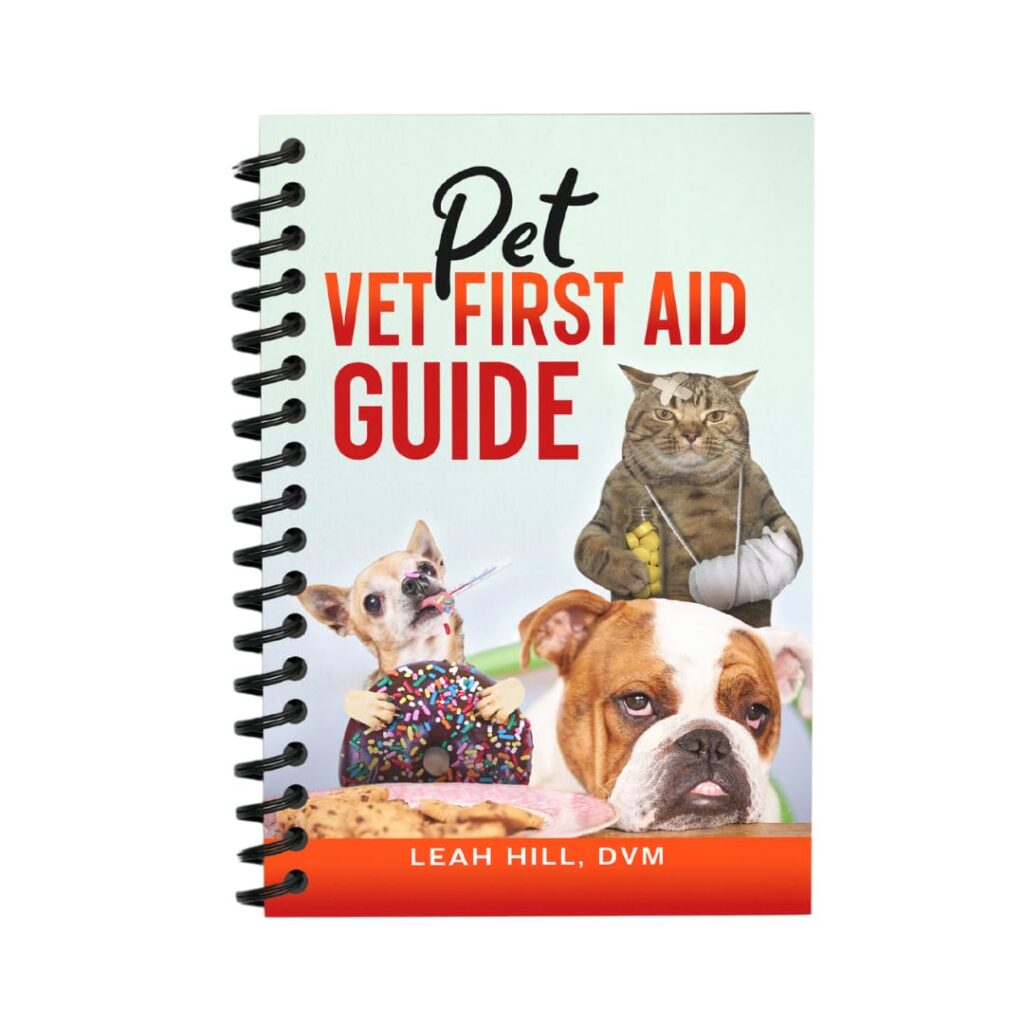
Keeping Your Dog Healthy: Recognizing Health Emergencies
Being aware of your dog’s normal behavior is key to spotting potential health emergencies. Here are a few signs to watch for:
- Changes in Appetite: If your dog suddenly stops eating or drinking, it could be a sign of illness.
- Lethargy: If your dog is unusually tired or less active, it might be time for a vet visit.
- Vomiting or Diarrhea: Occasional vomiting can be normal, but if it’s persistent or accompanied by other symptoms, it’s best to consult a vet.
- Coughing or Difficulty Breathing: These can be signs of serious conditions and should be addressed immediately.
- Changes in Urination: If your dog is urinating more or less than usual, it could indicate a problem.
Being proactive about your dog’s health can help you catch issues early and keep them happy and healthy. For additional tips on dog health, explore these essential tips.
Conclusion
In summary, learning dog first aid is not just a nice-to-have; it’s a lifesaver.
You’ve seen how being prepared can make a world of difference when your furry friend is in need.
By knowing the basics, keeping a well-stocked first aid kit, and practicing essential skills, you can ensure that you’re ready for any bumps in the road. Remember, your calm demeanor can be a beacon of safety for your dog in stressful situations.
So, don’t wait for an emergency to strike! Dive into online courses, YouTube tutorials, or even local classes to boost your confidence and skills. Your pup deserves the best care, and you can provide that with the knowledge you gain. For a comprehensive overview of dog first aid, visit this resource.
If you’re eager to learn more and keep your canine companion safe, check out more articles at Tech Havela. Your dog will thank you for it!
Frequently asked questions
What are some easy ways to learn dog first aid?
You can start by taking a pet first aid class. Many offer hands-on training. Online courses are great too! You can also read dog first aid books or watch instructional videos.
How long does it take to learn dog first aid?
It usually takes a few hours to learn the basics in a class. Online courses can be done at your own pace. You can learn at your speed!
Do I need a certification for dog first aid?
While it’s not always required, certification can help. It shows you’ve learned and know what to do in emergencies. Plus, it can make you feel more confident!
Where can I find dog first aid classes?
Local animal shelters, vet clinics, or pet stores often hold classes. Check online for options too. There are many resources available near you!
What should I have in my dog first aid kit?
Include items like bandages, antiseptic wipes, and a thermometer. Don’t forget tweezers and a muzzle! Keep it handy for emergencies. For a detailed list, visit this guide.
Are there apps for learning dog first aid?
Yes! There are several apps that provide tips and step-by-step guides. Search your app store for pet first aid options. They make learning super easy!
Can I learn dog first aid on my own?
Absolutely! Books, videos, and online courses can teach you. Just make sure to practice the skills you learn. You’ll feel more prepared that way!
**Sidnir Vieira**
Founder of TechHavela
A passionate pet and tech content creator, helping dog owners across the U.S. make smarter decisions for their furry friends.

